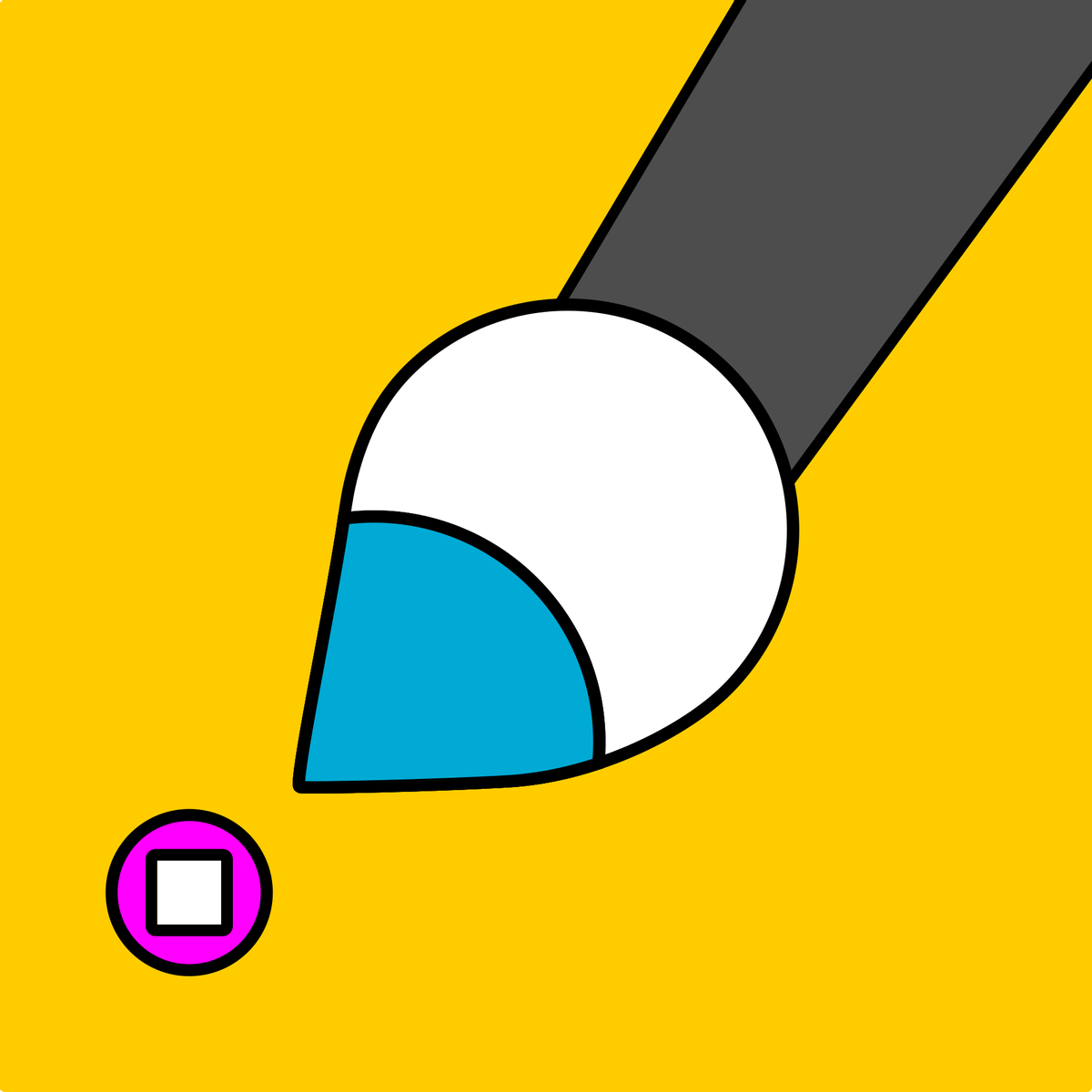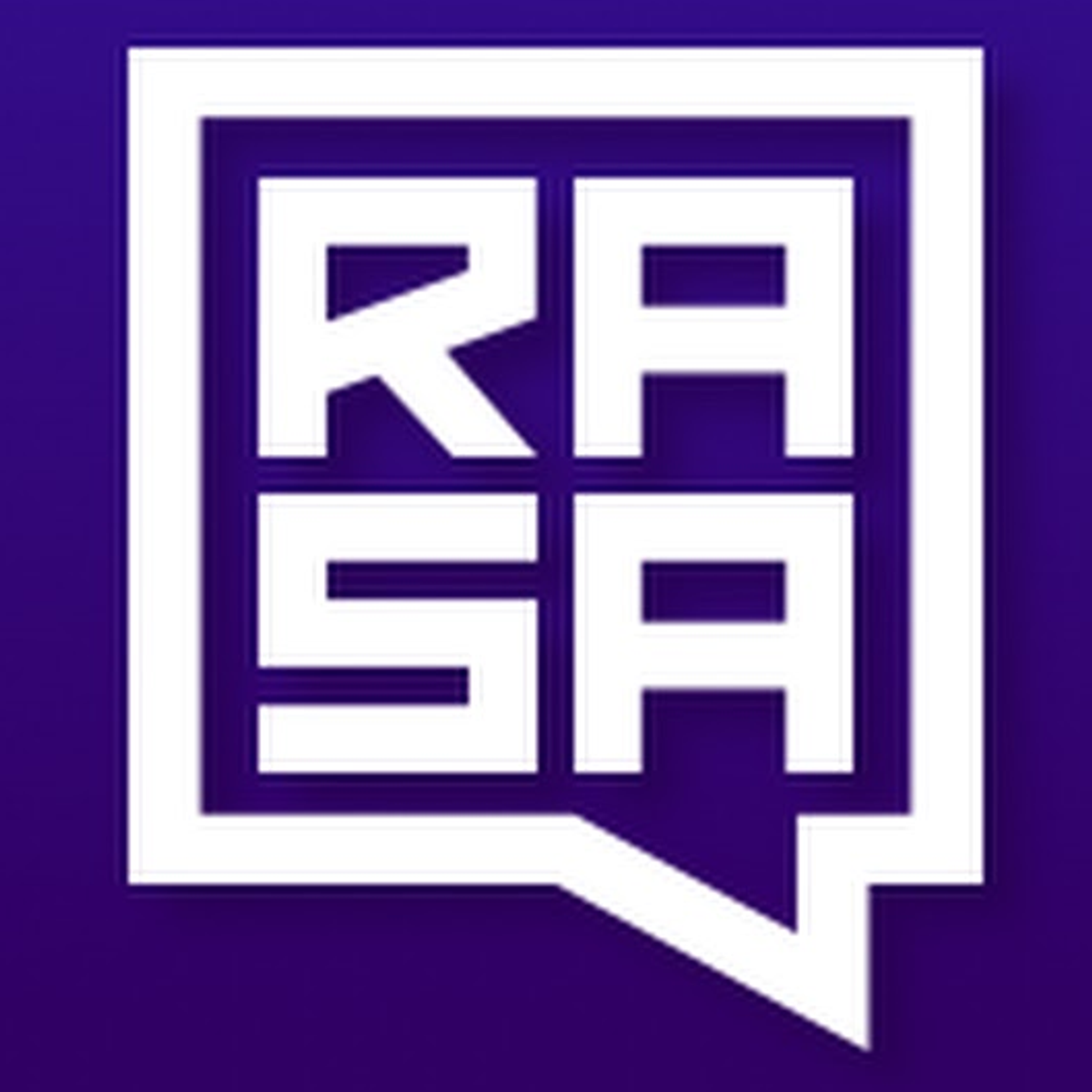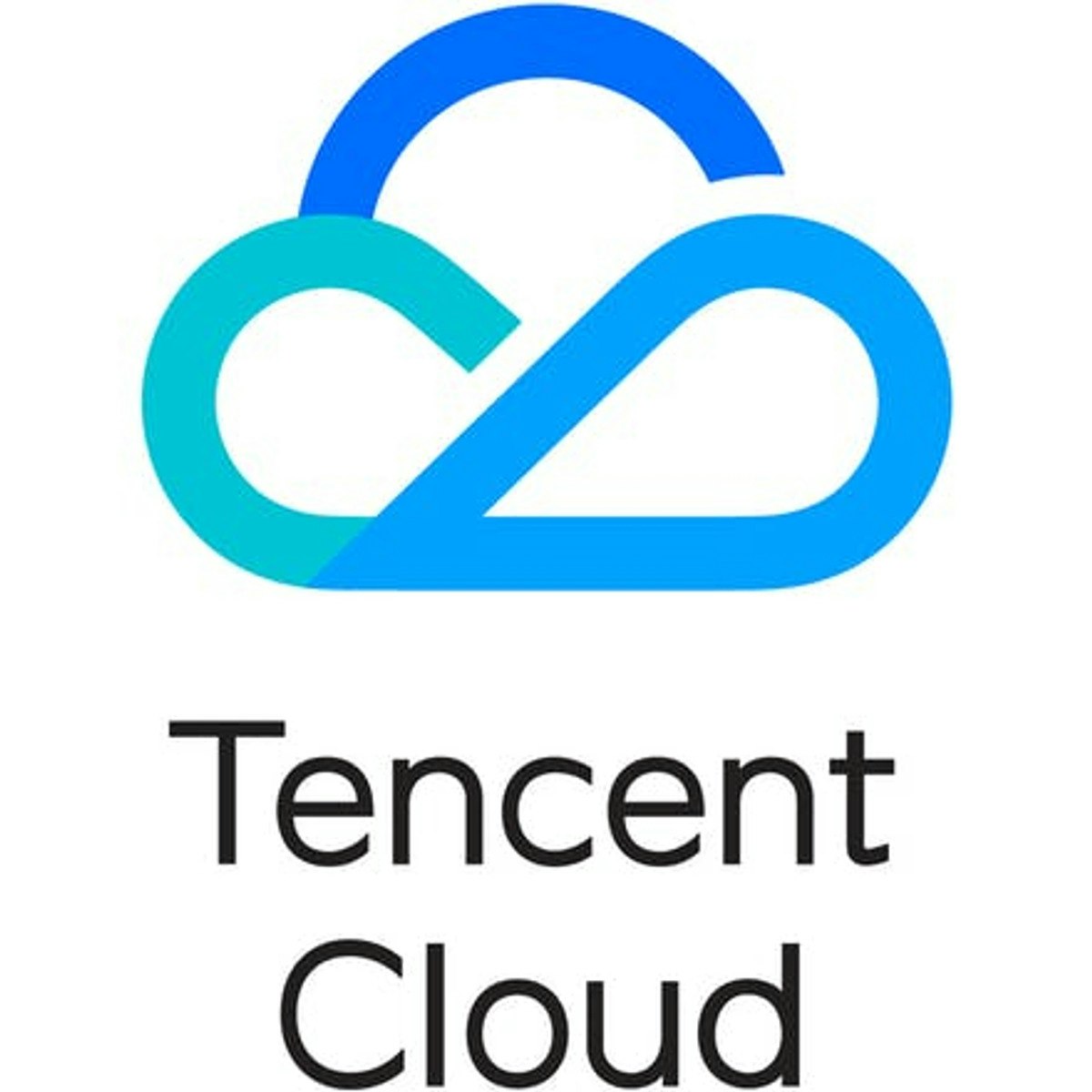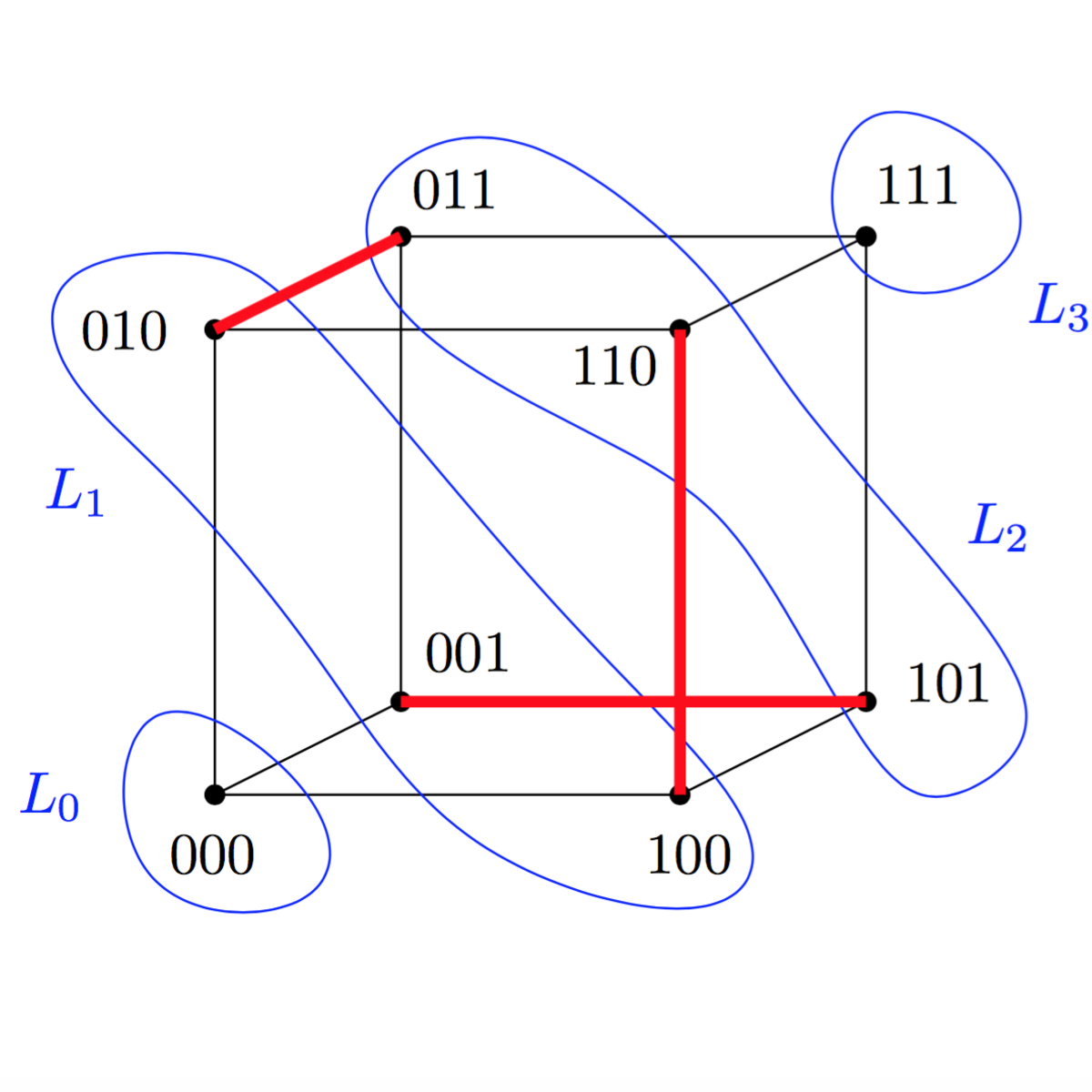Back to Courses









Computer Science Courses - Page 187
Showing results 1861-1870 of 2309

How to Use Brushes in Adobe Illustrator
By the end of this project, you’ll be comfortable using, controlling, and creating brushes in Adobe Illustrator. During this project, you’ll use Illustrator’s brush tool and brush panel to trace objects, style text, and apply patterns. By the end of the project, you’ll use those brush tools to create a digital advertisement.

Connecting Rasa Chatbot to External Platforms
In this 1-hour long project-based course, you will learn how to connect Rasa Chatbot to external platforms. We will first look at enable a encrypted connection (HTTPS) using a proxy server from Ngrok. We will then look at how to connect to Facebook Messenger using Facebook Developer Account. We will look at how to create custom buttons like quick replies and Carousel Cards for listing elements.
We will then move on to look at how to connect the chatbot to Telegram and how to customize buttons and add attachments to a response. Finally, we will also look like how to integrate the bot on the business communication platform Slack. By the end of the project, you will be able to connect your chatbot to external users on public platforms.
Note: This course works best for learners who are based in the North America region. We’re currently working on providing the same experience in other regions.

Introduction to Sentiment Analysis in R with quanteda
In this guided project, you will learn how to import textual data stored in raw text files into R, turn these files into a corpus (a collection of textual documents), and tokenize the text all using the R software package quanteda. You will then learn how to check for words with positive or negative sentiment within the text, and how to plot the proportion of use for these words over time, while stratifying by a third variable. You will also learn how to carry out a targeted sentiment analysis by looking for words with a positive or negative sentiment that are adjacent to relevant keywords or phrases, and how to compare the results of a targeted sentiment analysis with the results of a generic analysis.

Machine Translation
Welcome to the CLICS-Machine Translation MOOC
This MOOC explains the basic principles of machine translation. Machine translation is the task of translating from one natural language to another natural language. Therefore, these algorithms can help people communicate in different languages. Such algorithms are used in common applications, from Google Translate to apps on your mobile device.
After taking this course you will be able to understand the main difficulties of translating natural languages and the principles of different machine translation approaches. A main focus of the course will be the current state-of-the-art neural machine translation technology which uses deep learning methods to model the translation process. You will be able to decide which concepts fit your machine translation application best.
This course is taught by Prof. Dr. Alexander Waibel (http://isl.anthropomatik.kit.edu/english/21_74.php) and Assistant Professor Dr. Jan Niehus (https://www.maastrichtuniversity.nl/jan.niehues).

Cloud Computing Concepts: Part 2
Cloud computing systems today, whether open-source or used inside companies, are built using a common set of core techniques, algorithms, and design philosophies – all centered around distributed systems. Learn about such fundamental distributed computing "concepts" for cloud computing.
Some of these concepts include: clouds, MapReduce, key-value/NoSQL stores, classical distributed algorithms, widely-used distributed algorithms, scalability, trending areas, and much, much more!
Know how these systems work from the inside out. Get your hands dirty using these concepts with provided homework exercises. In the programming assignments, implement some of these concepts in template code (programs) provided in the C++ programming language. Prior experience with C++ is required.
The course also features interviews with leading researchers and managers, from both industry and academia.
This course builds on the material covered in the Cloud Computing Concepts, Part 1 course.

Logistic Regression 101: US Household Income Classification
In this hands-on project, we will train Logistic Regression and XG-Boost models to predict whether a particular person earns less than 50,000 US Dollars or more than 50,000 US Dollars annually. This data was obtained from U.S. Census database and consists of features like occupation, age, native country, capital gain, education, and work class.
By the end of this project, you will be able to:
- Understand the theory and intuition behind Logistic Regression and XG-Boost models
- Import key Python libraries, dataset, and perform Exploratory Data Analysis like removing missing values, replacing characters, etc.
- Perform data visualization using Seaborn.
- Prepare the data to increase the predictive power of Machine Learning models by One-Hot Encoding, Label Encoding, and Train/Test Split
- Build and train Logistic Regression and XG-Boost models to classify the Income Bracket of U.S. Household.
- Assess the performance of trained model and ensure its generalization using various KPIs such as accuracy, precision and recall.
Note: This course works best for learners who are based in the North America region. We’re currently working on providing the same experience in other regions.

Tencent Cloud Developer Associate
This course equips learners with a foundational knowledge in cloud application development and prepares them to take the Tencent Cloud Developer Associate examination. After completing this course, learners will be able to reconstruct and migrate traditional applications to the cloud and design and develop cloud native applications and distributed microservices using Tencent Cloud.
The Blockchain System
Learn how the blockchain authenticates transactions and distributes data to peers — nodes connected to the network. This course shows you how multiple versions of a blockchain are reconciled into one, discusses blockchain limitations, and delves into organizational applications of blockchain technology.
This course requires the purchase of two books for the completion of assignments:
Drescher, D. (2017). Blockchain Basics: A Non-Technical Introduction in 25 Steps. (ISBN-13: 978-1484226032)
Antonoupoulos, A. M. (2017). The Internet of Money, Volume Two. (ISBN-13: 978-1947910065)

Discrete Mathematics
Discrete mathematics forms the mathematical foundation of computer and information science. It is also a fascinating subject in itself.
Learners will become familiar with a broad range of mathematical objects like sets, functions, relations, graphs, that are omnipresent in computer science. Perhaps more importantly, they will reach a certain level of mathematical maturity - being able to understand formal statements and their proofs; coming up with rigorous proofs themselves; and coming up with interesting results.
This course attempts to be rigorous without being overly formal. This means, for every concept we introduce we will show at least one interesting and non-trivial result and give a full proof. However, we will do so without too much formal notation, employing examples and figures whenever possible.
The main topics of this course are (1) sets, functions, relations, (2) enumerative combinatorics, (3) graph theory, (4) network flow and matchings. It does not cover modular arithmetic, algebra, and logic, since these topics have a slightly different flavor and because there are already several courses on Coursera specifically on these topics.

Mobile Development and JavaScript
This course is the first in a series that will allow you to expand your skills as an iOS developer into the world of cross-platform mobile development. This will allow you to use your foundations as an iOS developer to build cross-platform mobile applications. The first step in this expansion is learning to program in JavaScript. This will prepare you to learn to use the React library for mobile development.
JavaScript is the programming language that powers the modern web. In this course, you will learn the basic concepts of web development with JavaScript. You will work with functions, objects, arrays, variables, data types, the HTML DOM, and much more. You will learn how to use JavaScript and discover interactive possibilities with modern JavaScript technologies. Finally, you will learn about the practice of testing code and how to write a unit test using Jest.
